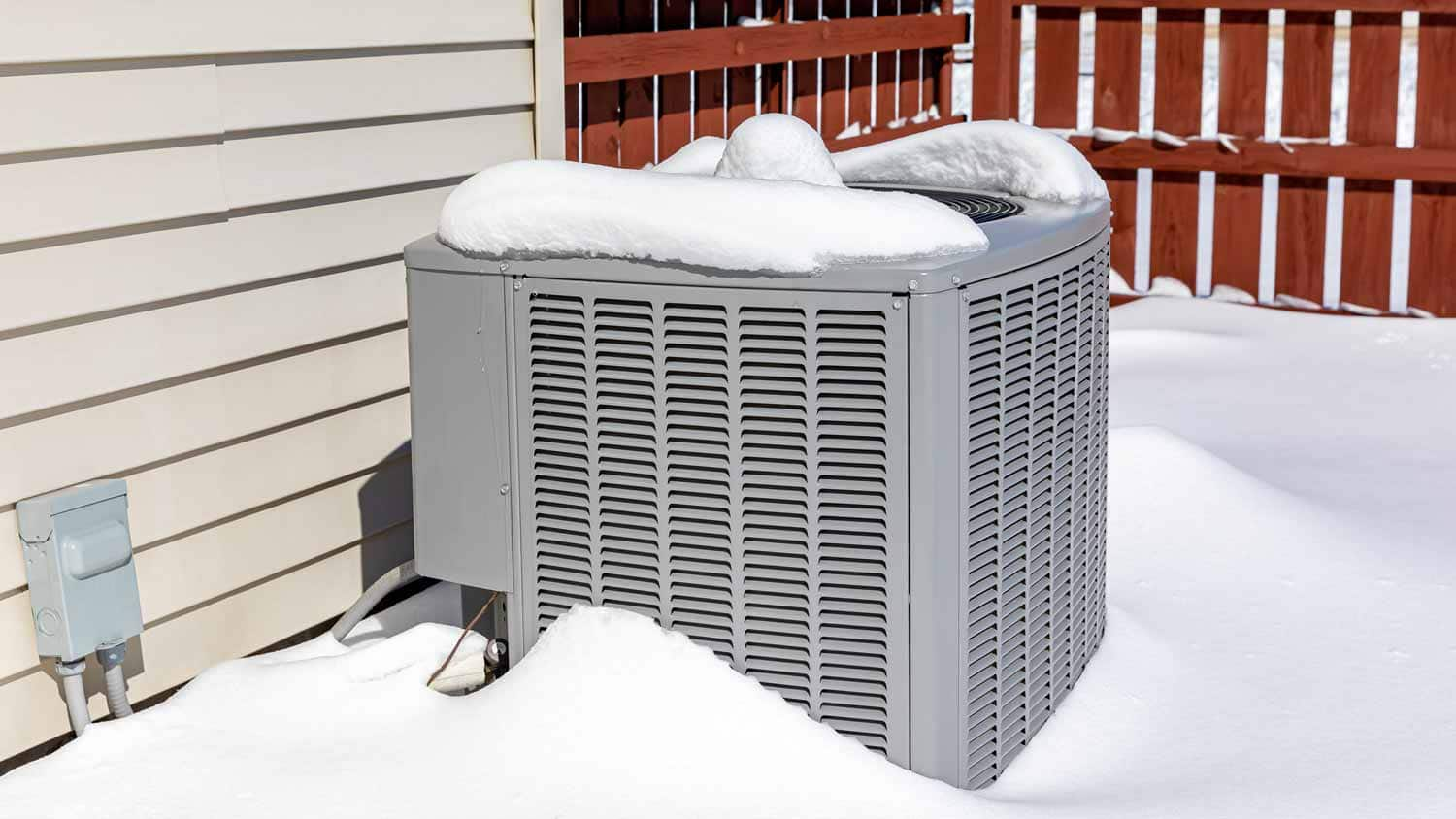We have discovered this post on What Causes AC Pipes To Freeze? listed below on the net and think it made good sense to write about it with you in this article.

Intro
Finding that your air conditioning pipeline is frozen can be concerning, especially during hot summertime when you count on your air conditioner the most. Recognizing what to do in such a situation is vital to avoid further damages to your air conditioning system and ensure your convenience inside your home.
Understanding the Causes
Numerous elements can contribute to the freezing of an a/c pipeline. Understanding these causes can aid you address the concern successfully.
Absence of Airflow
One common source of a frozen AC pipe is inadequate air movement. When the air flow over the evaporator coil is limited, it can trigger the coil to go down below freezing temperature, leading to ice formation on the pipeline.
Reduced Refrigerant Levels
Inadequate refrigerant levels in your AC system can likewise lead to an icy pipe. Reduced cooling agent levels can create the pressure in the system to go down, causing the cold of dampness on the evaporator coil.
Winter Conditions
In colder environments, freezing temperature levels outside can contribute to the freezing of air conditioner pipes. If your a/c system is not properly insulated or if there are leakages in the ductwork, chilly air can infiltrate the system, triggering the pipeline to freeze.
Dirty Air Filters
Unclean or clogged air filters can limit air flow in your AC system, causing various issues, including an icy pipeline. It's vital to replace or cleanse your air filterings system consistently to ensure correct airflow and avoid ice buildup.
Indications of a Frozen AC Pipe
Recognizing the indicators of an icy a/c pipeline is crucial for timely action.
Minimized Airflow
If you see a substantial decrease in air flow from your vents, it can indicate an icy pipeline.
Ice Buildup on the Pipe
Noticeable ice accumulation on the cooling agent line or the evaporator coil is a clear indicator of a frozen AC pipe.
Odd Sounds from the Unit
Uncommon noises, such as hissing or bubbling, originating from your air conditioner system can indicate that there's ice existing on the pipeline.
Immediate Actions to Take
When faced with an icy AC pipeline, it's important to act promptly to avoid further damages to your cooling system.
Turning off the a/c
The primary step is to turn off your air conditioning system to prevent the system from running and worsening the issue.
Looking for Blockages
Evaluate the area around the interior system for any kind of blockages that might be blocking airflow, such as furnishings or drapes.
Thawing the Pipe
You can use mild techniques like putting towels taken in cozy water around the frozen pipe to assist thaw it gradually.
Preventive Measures
Taking safety nets can aid avoid future events of an icy air conditioner pipeline.
When DIY Methods Fail
If your attempts to thaw the pipeline or address various other issues are unsuccessful, it's time to contact a specialist.
Value of Hiring a Professional HVAC Technician
A certified HVAC technician has the competence and devices necessary to diagnose and fix issues with your a/c system securely and effectively.
Routine Maintenance Checks
Arrange normal maintenance talk to a specialist HVAC service technician to make sure that your air conditioner system is running successfully.
Altering Air Filters
Frequently change or cleanse your air filters to stop air movement limitations and preserve optimal performance.
Insulating Exposed Pipes
If your AC pipelines are subjected to cool temperatures, think about shielding them to avoid freezing throughout winter season.
Seeking Professional Help
If DIY methods stop working to settle the concern or if you're uncertain concerning how to continue, it's best to look for support from a certified HVAC professional.
Final thought
Handling an icy air conditioning pipe can be a frustrating experience, but knowing just how to react can help minimize damage and restore comfort to your home. By comprehending the reasons, acknowledging the indicators, and taking prompt action, you can effectively address the problem and avoid future incidents.
What to Do If Your AC Line Is Frozen
Make Sure All Supply and Return Air Vents Are Open
If you notice problems with airflow, the first thing you should do is check your supply and return vents. Supply vents distribute clean, conditioned air throughout your home. As this air becomes stale, it’s pulled into the return vent, where it’s reconditioned before being sent back out through the supply vent.
When these vents are closed, air won’t flow in the home. Before examining your AC, check the vents in every room and ensure they’re all open.
Check for a Dirty Air Filter
Another possible cause of limited airflow is a dirty air filter. Your air conditioner’s filters catch elements you don’t want to breathe in, such as dirt and dust. Over time, filters can become clogged, ultimately blocking air from flowing in and out. The lack of airflow can then cause the entire coil to freeze and will completely restrict any air from moving through it. The AC may need to be powered off for one to two days to allow the coil to thaw after replacing the filter to allow proper functioning of the unit. This debris can also accumulate on your AC’s evaporator coil, requiring a more serious repair. In general, air filters should be cleaned regularly (about every two weeks).
Assess Your Outdoor Unit
In addition to checking your AC, assessing the outdoor unit is a good idea. Also known as the condensing unit, it works with your interior unit to release heat outside. An issue with the outdoor unit can result in rising internal temperatures.
Overgrown Shrubs or Clogged Leaves
From leaves and twigs to shrubs and debris, there’s no shortage of outdoor elements that can accumulate around your condensing unit. When these elements get lodged inside the unit, they can block airflow. Fortunately, removing the blockage can solve the problem.
Sounds of a Broken Fan
Shrubs and leaves aren’t the only things that can impede your outdoor unit’s airflow. If the fan is broken, the unit won’t be able to properly get rid of heat — which means the internal temperature won’t go down. First, make sure the fan is spinning. If it is, check for the following sounds of a broken fan:
Buzzing Rattling Screeching Hissing Clicking Preventative Measures
Nobody wants to deal with a frozen AC line. In addition to causing problems with your air conditioner, they require professional repairs. On the bright side, there are preventative measures you can take to help ensure this issue doesn’t arise in the first place.
https://www.coopergreenteam.com/blog/what-to-do-if-ac-line-frozen

I was made aware of that article on Air Conditioner Frozen? How To Fix your Frozen AC Line through an associate on a different web address. Appreciated our piece? Please share it. Help someone else check it out. Thank you for going through it.
Call Today